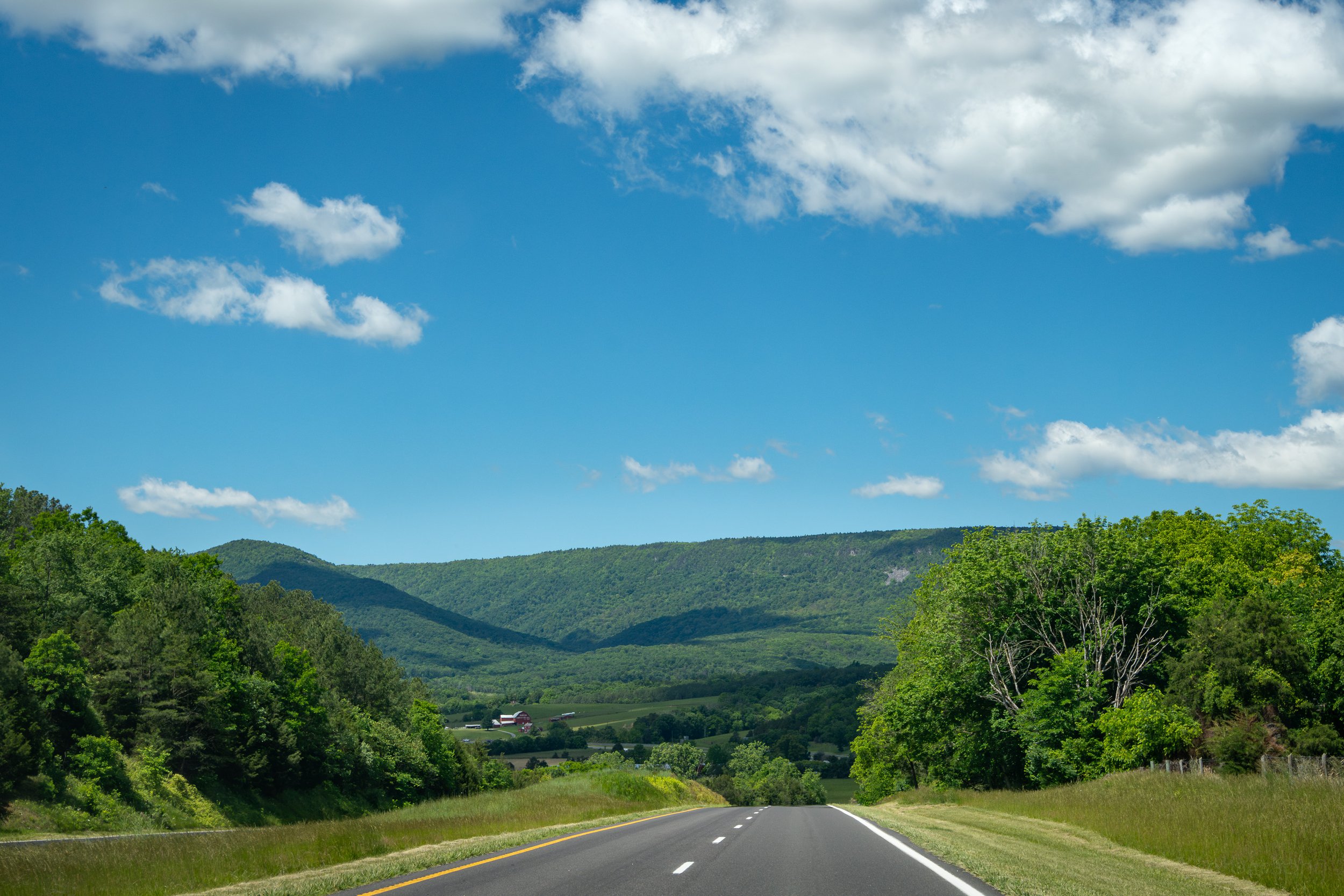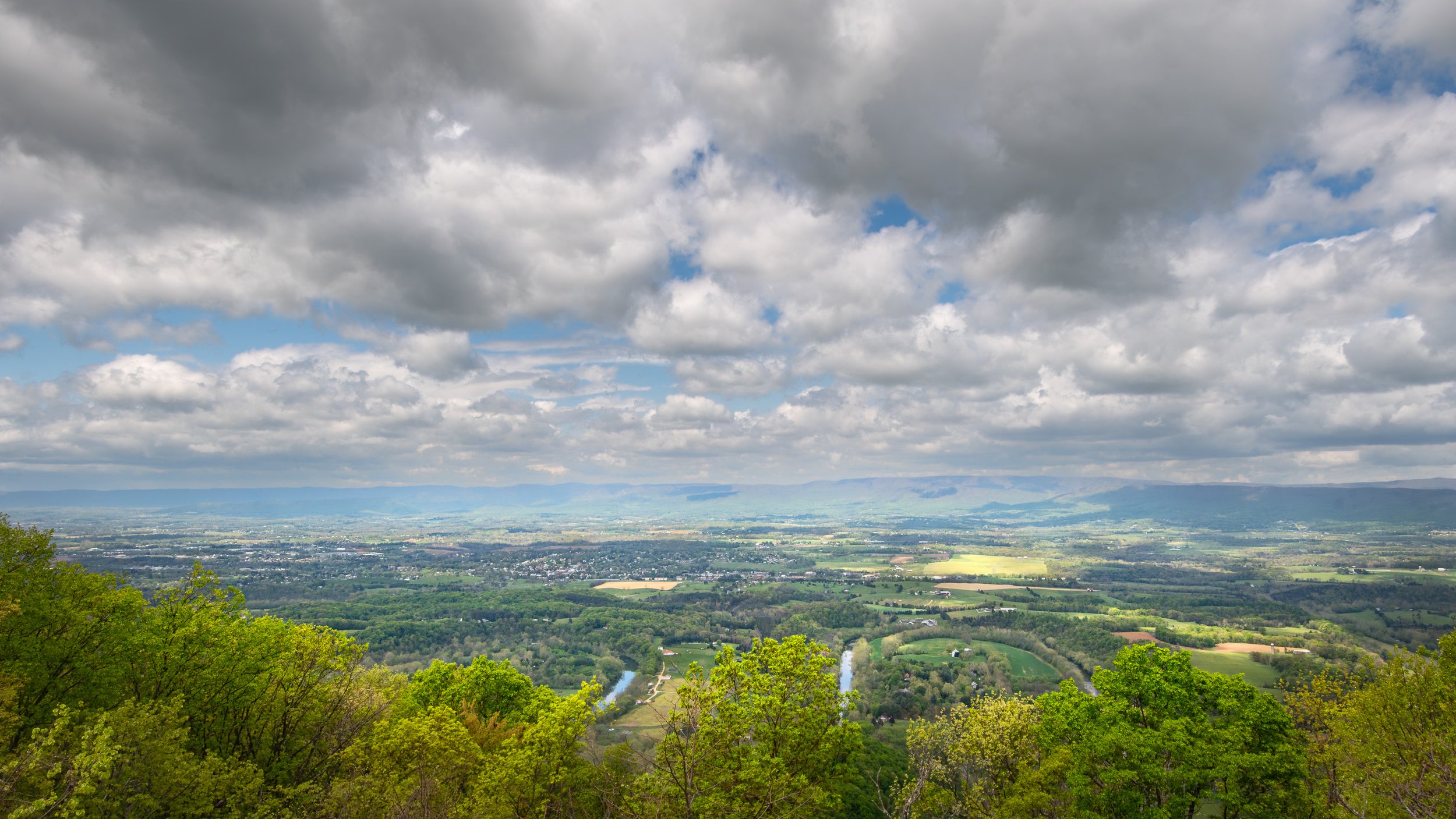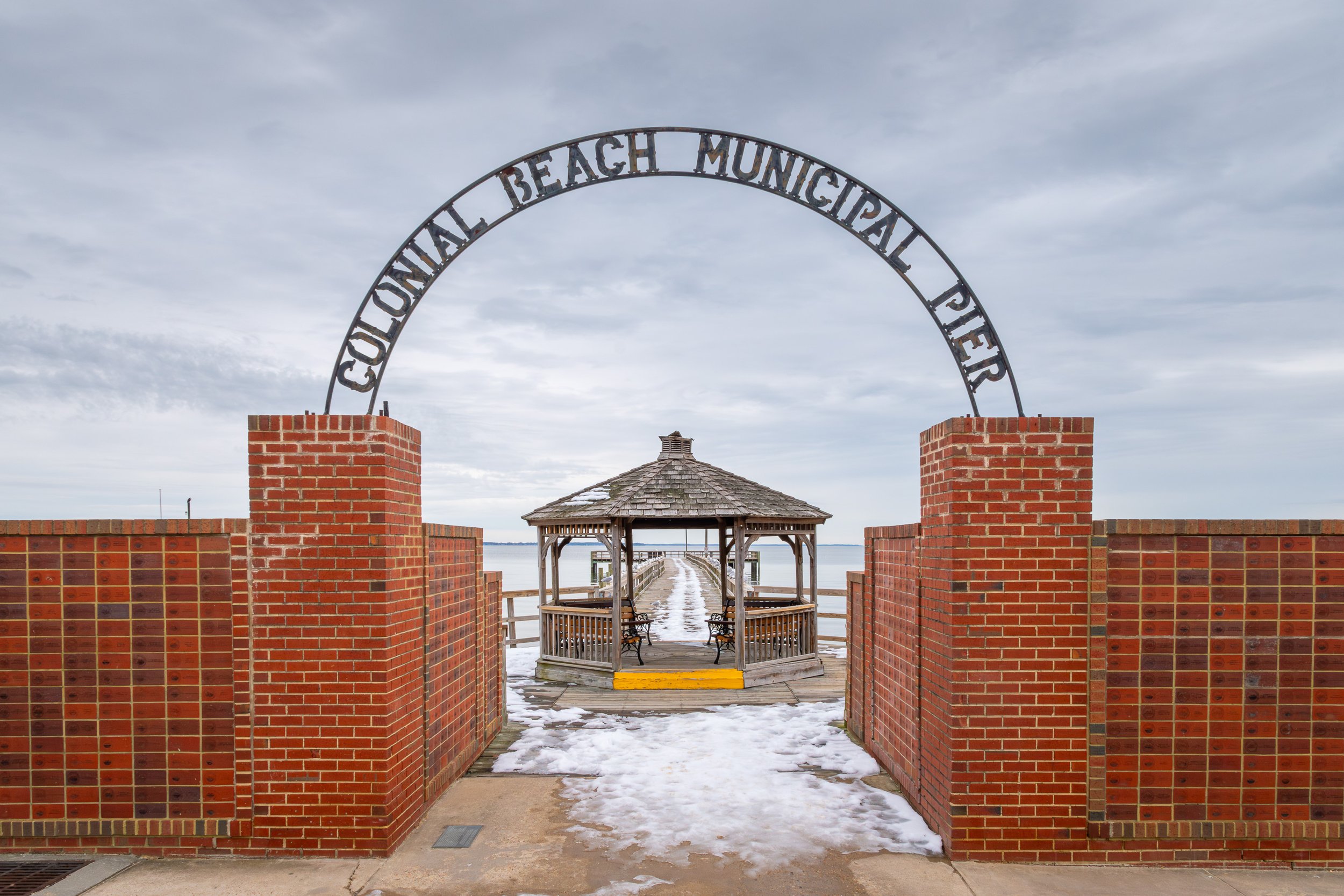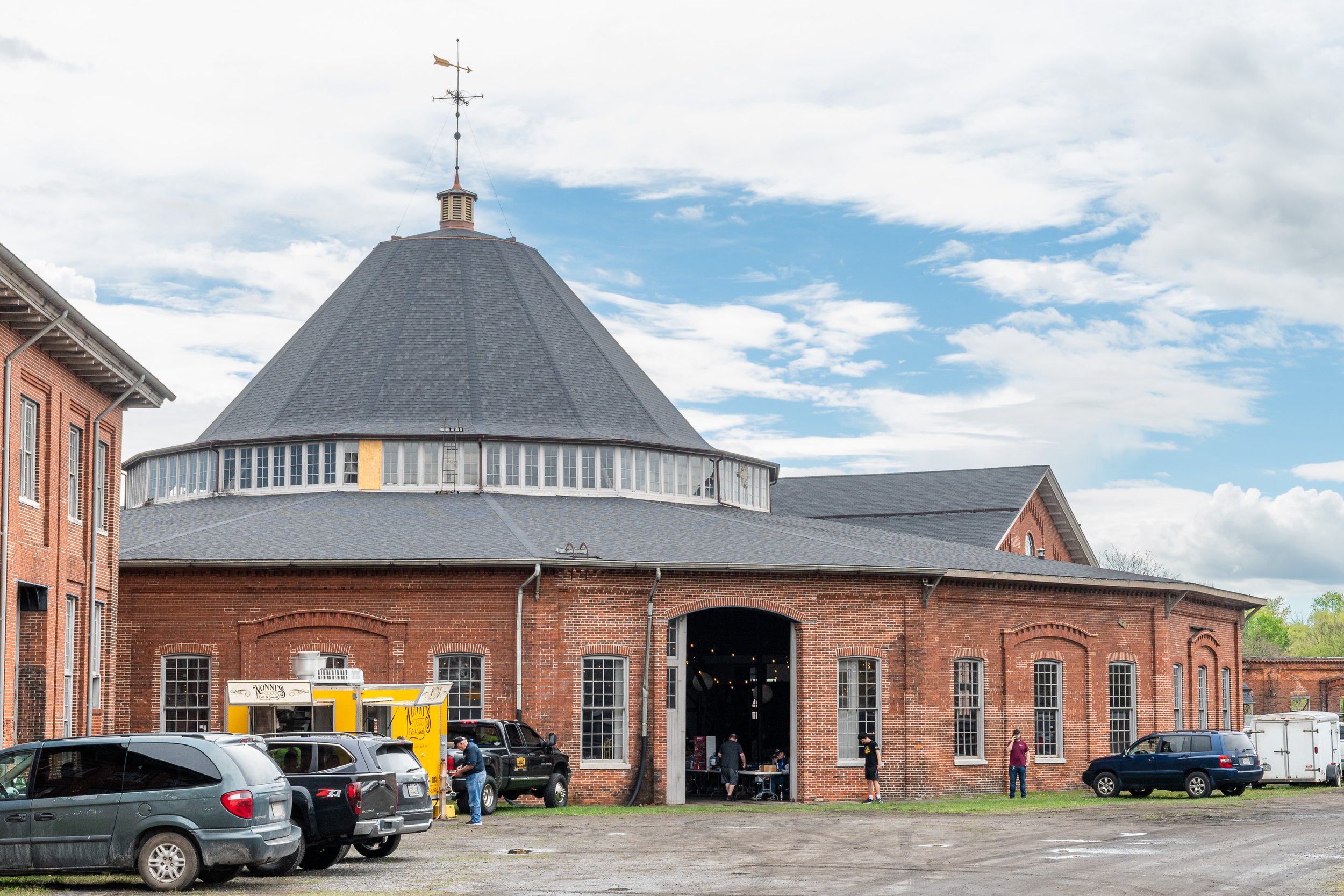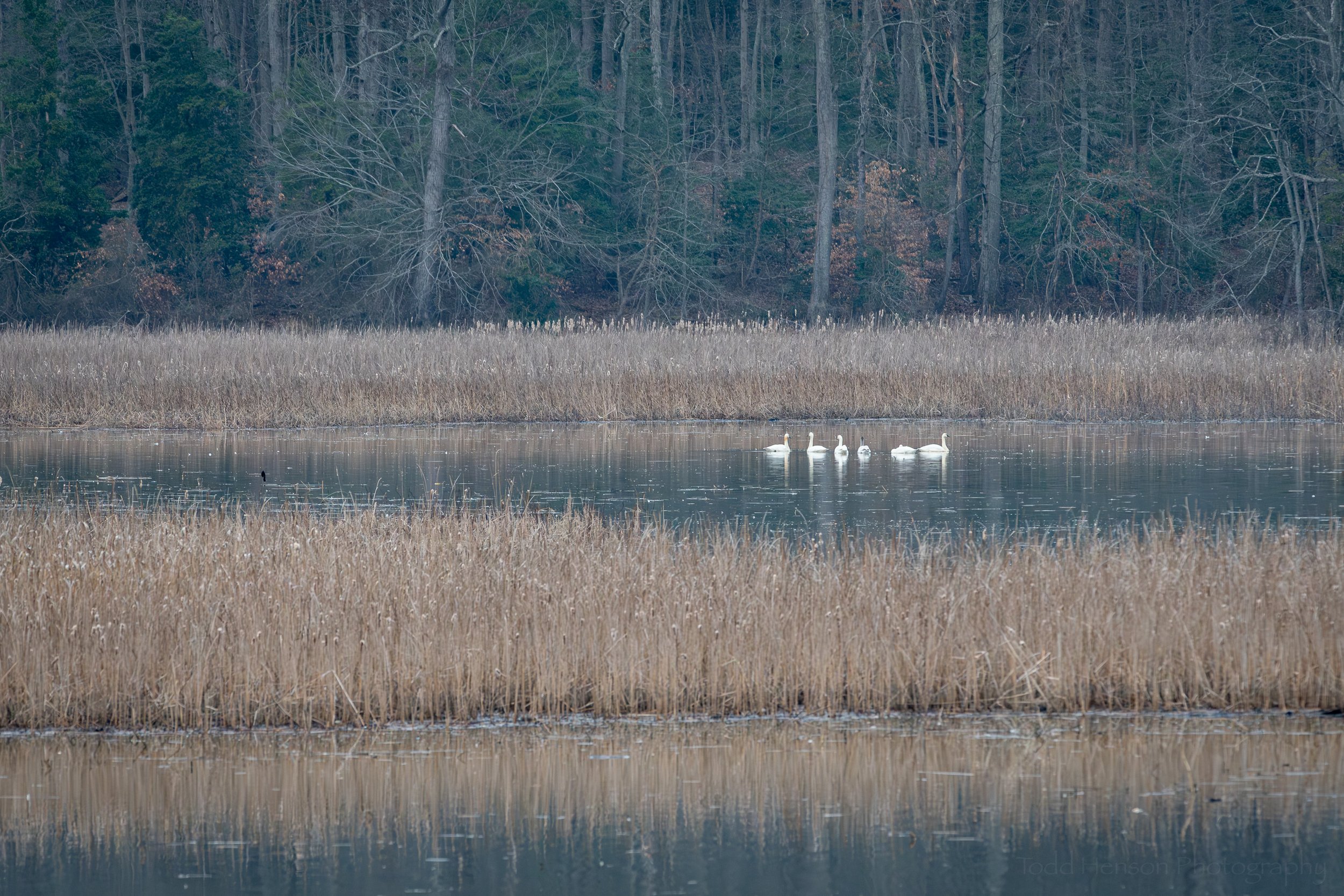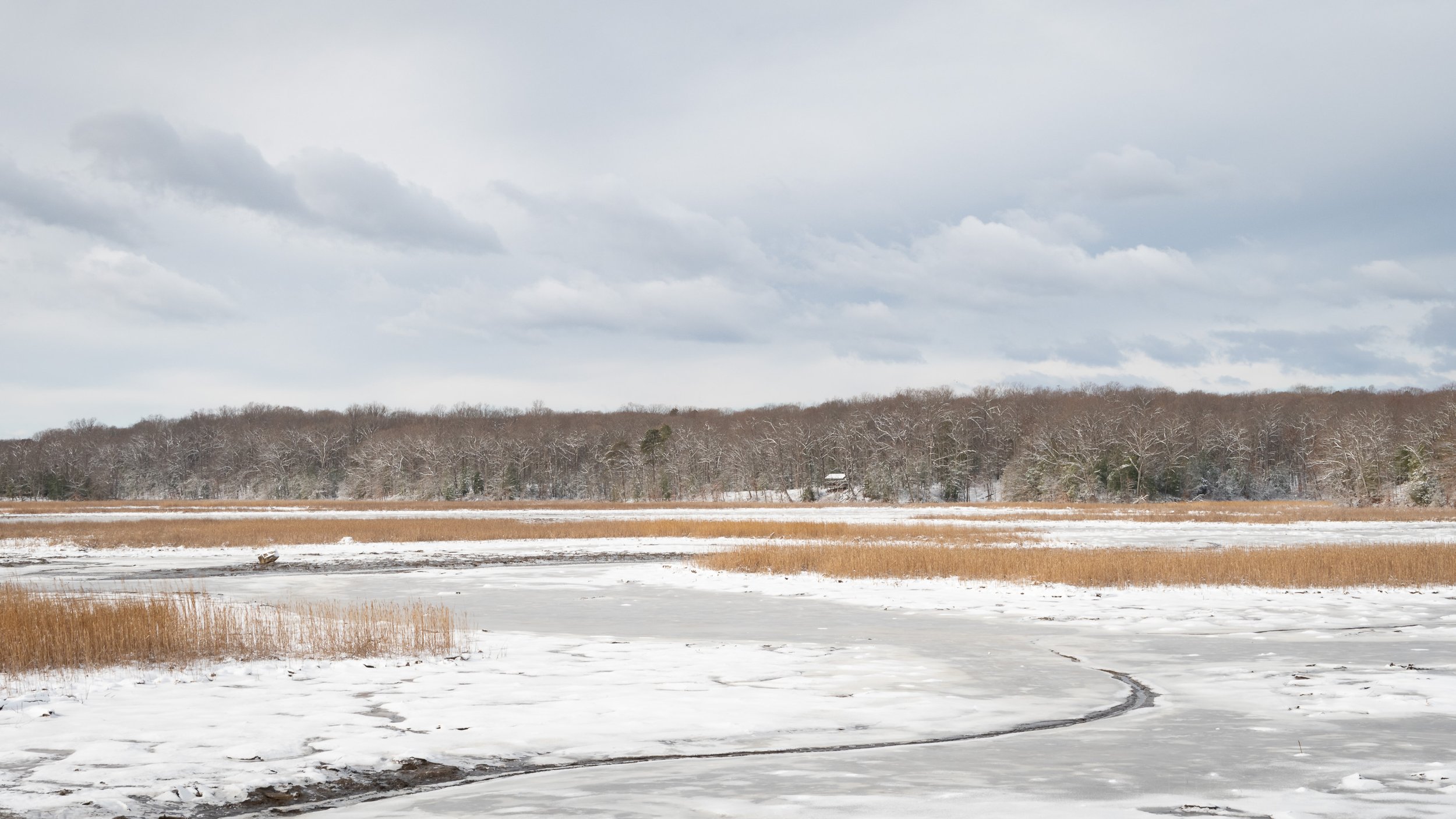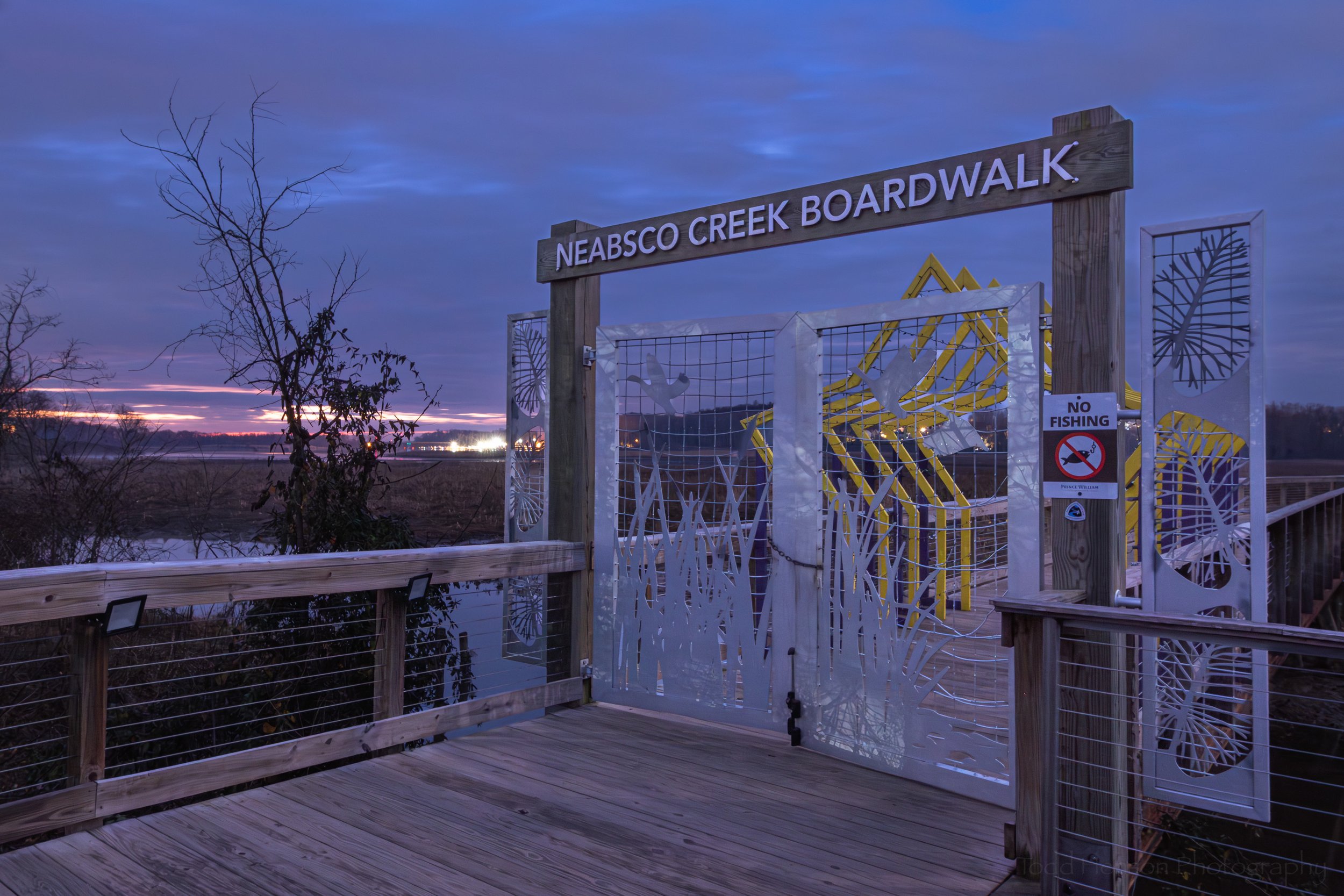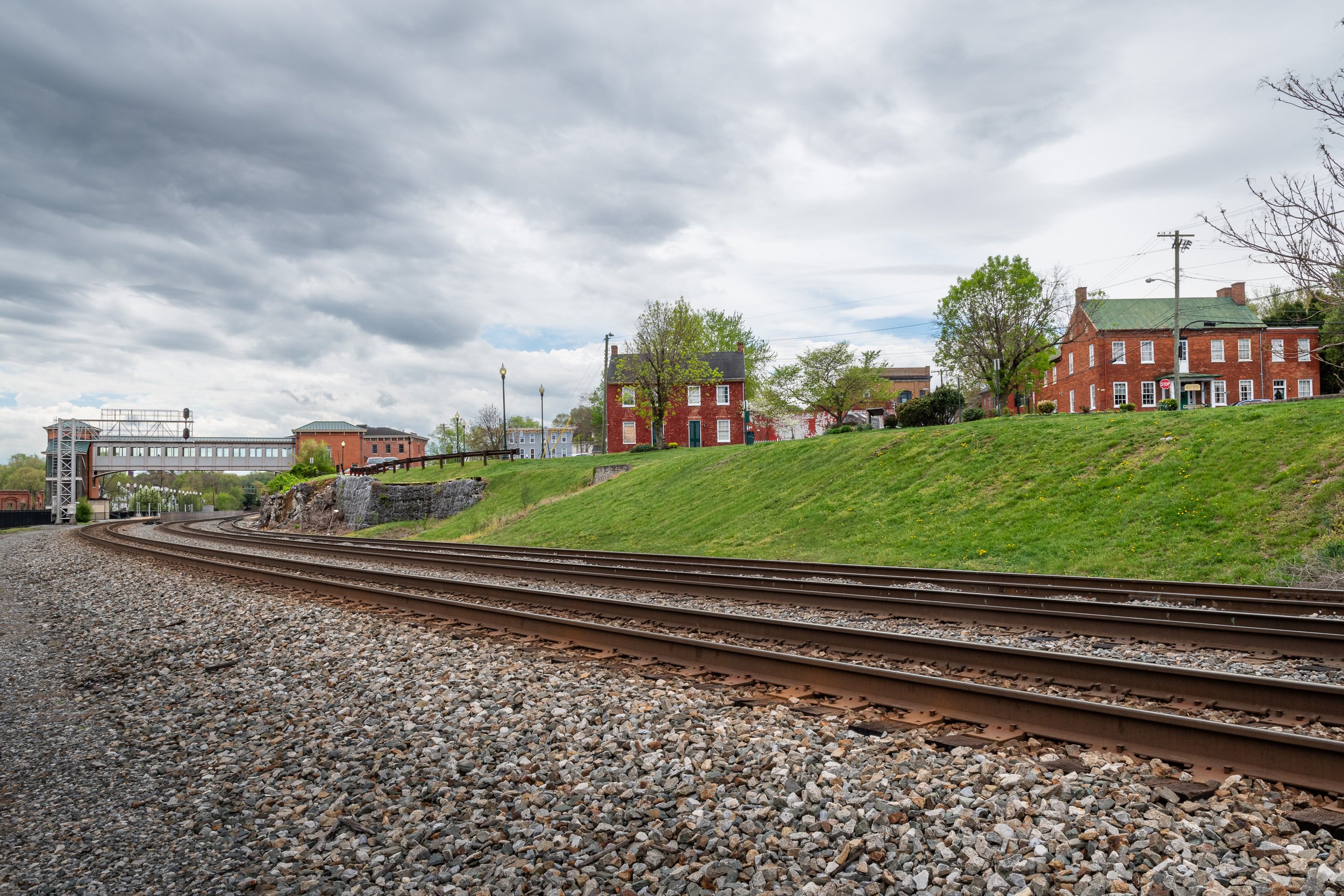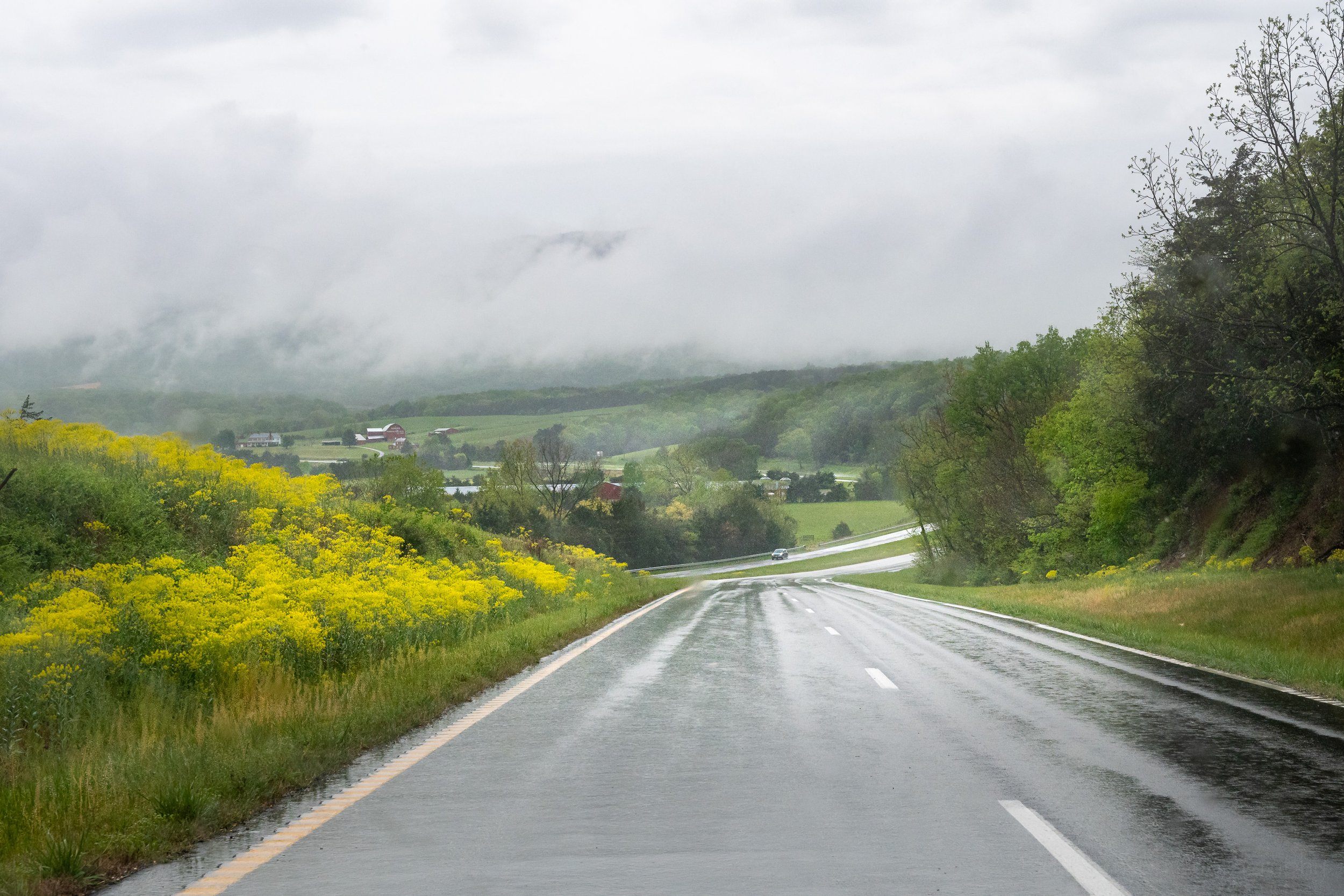Seneca Rocks Discovery Center during autumn
A well-known and popular destination in West Virginia is Seneca Rocks, a large rocky crag in the Appalachian Mountains. It’s popular both for tourists coming to view these incredible mountains and hike the trails, and for rock climbers who crave a challenge. In fact, the 10th Mountain Division of the U.S. Army trained here in 1943 - 1944 before deploying to Europe during World War II.
A 10-image panoramic view of the famous Seneca Rocks in autumn
Some of the fall foliage at Seneca Rocks, West Virginia
The rock formations, the creek, and the local community were named after the Native American Seneca nations, thought to have travelled through this area, along with other nations, for trade and war, though they actually resided further north in the New York region.
Bell Wall just left of center, Gunsight, the gap in the center, and South Summit on the right (a very technical formation) at Seneca Rocks
South Summit at Seneca Rocks, West Virginia, is a very technical climb
We were fortunate to visit during autumn when there was some nice color to the leaves. The lighting was a challenge, photographically, as we arrived very near high noon on a cloudless day. This time of year it appears the run rises somewhat behind the rock formations so they were in some degree of shadow during our visit. I’m guessing arriving later in the afternoon might allow you see the rock faces lit up. I’d love to return on a day with a few more clouds, maybe a bit of a stormy look, though I’ve no desire to drive some of the roads we did during a storm.
The Seneca Rocks Discovery Center, in West Virginia, was closed during the government shutdown
Another unique aspect to our visit is that the Discovery Center was closed due to the government shutdown. Thankfully, the Forest Service kept the area open to visitors and just closed the facilities. And the area was very busy with almost full parking lots. Many people were hiking the trails or walking along the paved paths. And there were many people on the faces of the cliffs and rock formations.
Turn around and face away from the rock formations and you’ll see some stores, a motel and a restaurant, all of which were packed
Rock Climbers and/or Hikers
If you click on the photos to get a larger view you may be able to spot some of the many rock climbers all over the formations. Below I’ve created some photos where I circle the groups of climbers and/or hikers in red so you can see just how popular this location is for climbing, some of it very technical, especially that of the south summit.
I circled in red all the climbers/hikers I could find at Seneca Rocks. Some of the circles contain multiple people.
South Summit, one of the more technical features, attracts many climbers. I’ve circled all I could find in red.
See how many climbers and hikers were on the rock formations at Seneca Rocks?
Do you enjoy these posts?
Sign up to receive periodic emails with updates and thoughts. Don’t worry, I won’t spam you. And please consider purchasing artwork or products from my online store, and using my affiliate links in the sidebar to the right when shopping online.
I appreciate your support!



